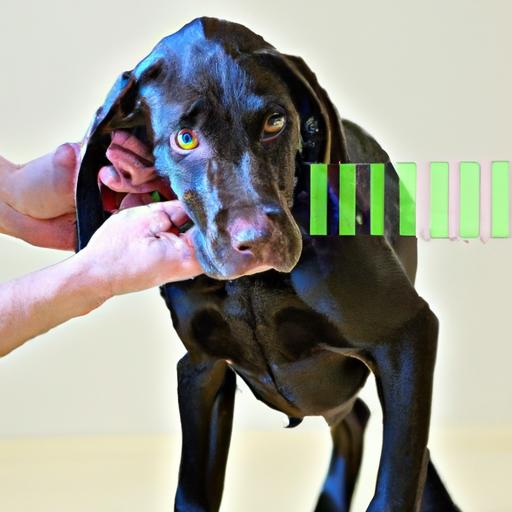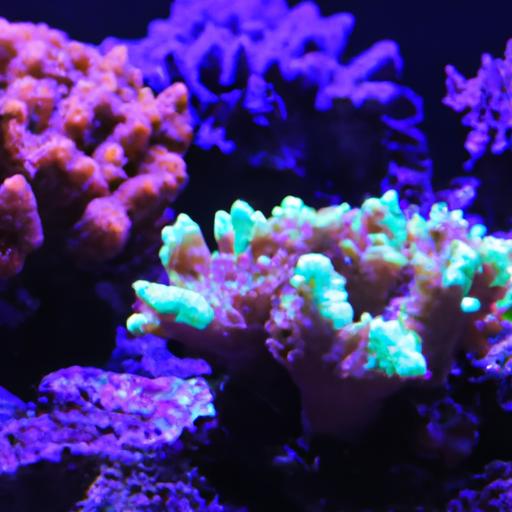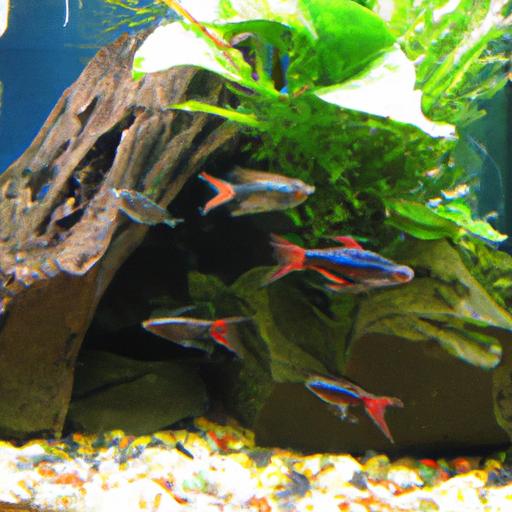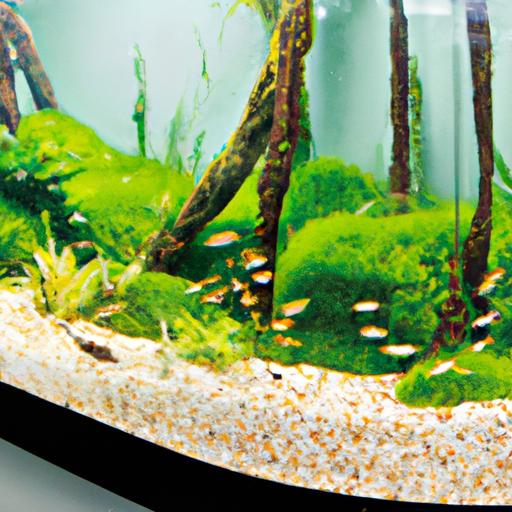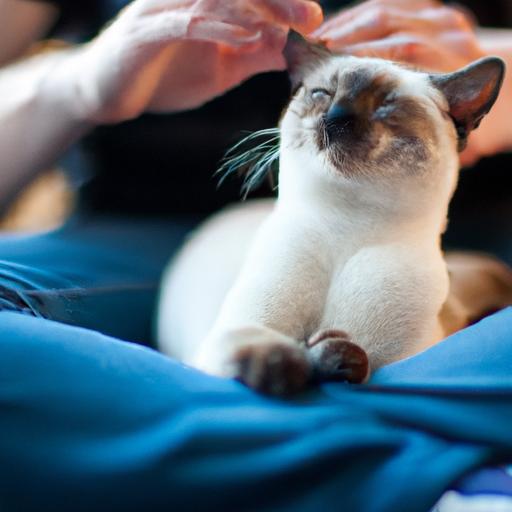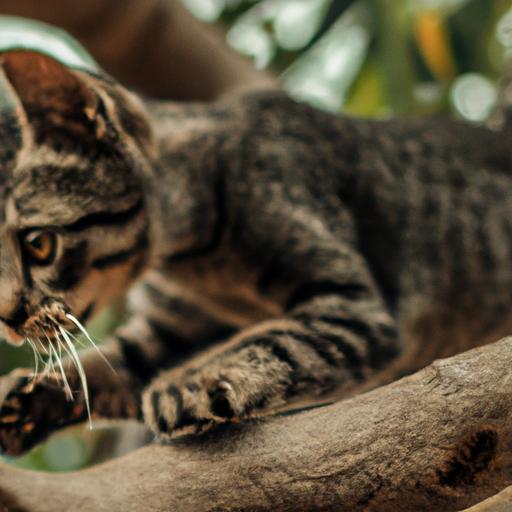
Understanding Cat Communication through Tail Flicks
Unlock the secret language of cats! Discover the meaning behind tail flicks & decode your feline friend’s emotions. Understanding Cat Communication through Tail Flicks.
Introduction
As pet owners, it is essential to understand our furry companions and the ways they communicate with us. Cats, in particular, have a unique language of their own, which often goes unnoticed by their human counterparts. One fascinating aspect of feline communication is their tail flicks. In this article, we will delve into the intriguing world of cat communication and explore how tail flicks play a crucial role in conveying their thoughts and emotions.
Understanding Tail Flicks in Cat Communication
Cat tail flicks are more than just random movements; they are an integral part of their body language. By paying attention to these subtle gestures, we can gain valuable insights into a cat’s mood and intentions. Let’s explore the various aspects of tail flicks and unravel their meanings.
Definition and Significance of Tail Flicks
A tail flick occurs when a cat swiftly moves its tail from side to side or up and down. This movement is not to be confused with a wag, like that of a dog. Tail flicks are a form of communication used by cats to express their emotions, needs, and intentions. Understanding these flicks can help us better understand our feline friends and strengthen our bond with them.
Different Types of Tail Flicks and Their Meanings
Tail flicks can vary in speed, intensity, and direction, each conveying a different message. Here are some common tail flicks and their interpretations:
-
Quick Flick: A rapid flick of the tail usually indicates excitement or anticipation. It may occur when a cat is about to pounce on prey or playfully engage with a toy.
-
Slow Flick: A slower, deliberate flick of the tail can indicate curiosity or mild interest. It often occurs when a cat is observing something intriguing in its environment.
-
Agitated Flick: A fast and forceful tail flick can signify annoyance or agitation. It is a warning sign that the cat may become aggressive if provoked further.
-
Twitching Tail Tip: When a cat’s tail tip twitches rapidly, it may indicate heightened focus or anticipation. This flick is commonly observed when a cat is stalking prey or engaging in play.
Body Language Associated with Tail Flicks
Tail flicks are not standalone gestures; they are accompanied by other body language cues that provide a more comprehensive understanding of a cat’s message. Paying attention to these cues can help us decipher a cat’s emotions more accurately. Some common body language signals associated with tail flicks include:
- Ears: Forward-facing ears often indicate a relaxed and content cat, while flattened ears can suggest fear or aggression.
- Eyes: Dilated pupils may signify excitement or fear, while half-closed eyes indicate relaxation and contentment.
- Whiskers: Forward-facing whiskers indicate curiosity or interest, while flattened whiskers may imply fear or aggression.
Examples of Tail Flicks in Various Scenarios
To better illustrate the significance of tail flicks in cat communication, let’s take a look at a few scenarios:
-
Playful Interaction: When a cat’s tail flicks rapidly while engaging in play, it shows enthusiasm and excitement. This tail behavior signifies that the cat is thoroughly enjoying the interaction and is fully immersed in the moment.
-
Annoyance Warning: If a cat’s tail flicks rapidly and forcefully, accompanied by flattened ears and an intense gaze, it is a clear indication that the cat is annoyed or irritated. It is best to give the cat some space and avoid further provocation.
-
Curiosity and Observation: When a cat flicks its tail slowly while observing its surroundings, it demonstrates a sense of curiosity. This tail behavior suggests that the cat is carefully analyzing its environment and assessing any potential threats or opportunities.
Frequently Asked Questions (FAQ) about Cat Communication and Tail Flicks
What are other common cat communication signals?
While tail flicks are an essential part of feline communication, cats use various other signals to convey their thoughts and emotions. Some common communication methods include vocalizations, body postures, facial expressions, and scent marking. By paying attention to these signals collectively, we can gain a more comprehensive understanding of a cat’s communication repertoire.
How can tail flicks help in understanding a cat’s mood?
Tail flicks provide crucial insights into a cat’s mood. By observing the speed, intensity, and direction of the flicks, we can gauge whether a cat is excited, relaxed, curious, or agitated. Understanding a cat’s mood helps us respond appropriately and create a harmonious environment for our feline companions.
Can tail flicks indicate aggression or fear in cats?
Yes, tail flicks can indeed indicate aggression or fear in cats. A fast and forceful tail flick accompanied by flattened ears, dilated pupils, and an intense gaze suggests that the cat may become aggressive if further provoked. Similarly, a slow tail flick combined with flattened ears and a tense body posture may indicate fear or anxiety. It is important to respect a cat’s boundaries and provide a safe and secure environment.
Are tail flicks the only way cats communicate?
No, tail flicks are just one aspect of feline communication. Cats use a combination of vocalizations, body postures, facial expressions, and scent marking to convey their thoughts and emotions. By understanding and interpreting these various signals holistically, we can develop a deeper understanding of our cats’ communication patterns.
Conclusion
Understanding cat communication is a vital aspect of being a responsible pet owner. Tail flicks serve as a valuable tool in deciphering a cat’s emotions, needs, and intentions. By paying attention to these subtle gestures and the accompanying body language cues, we can build stronger bonds with our feline companions and create a harmonious living environment. So, the next time you notice your cat’s tail flicking, take a moment to observe and understand the message it is trying to convey. Remember, our cats have a language of their own, and it is our privilege to decode and respond to it.

















